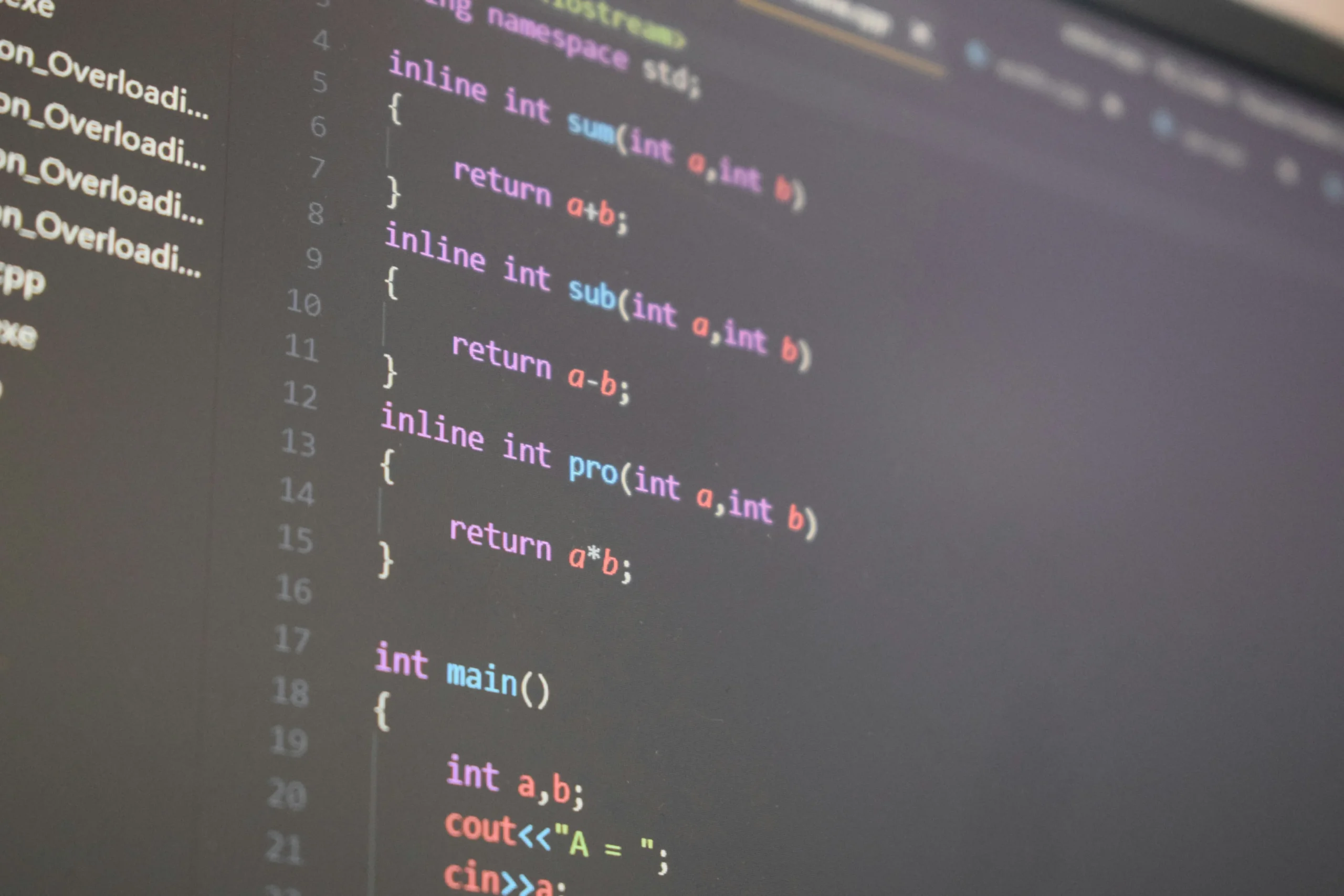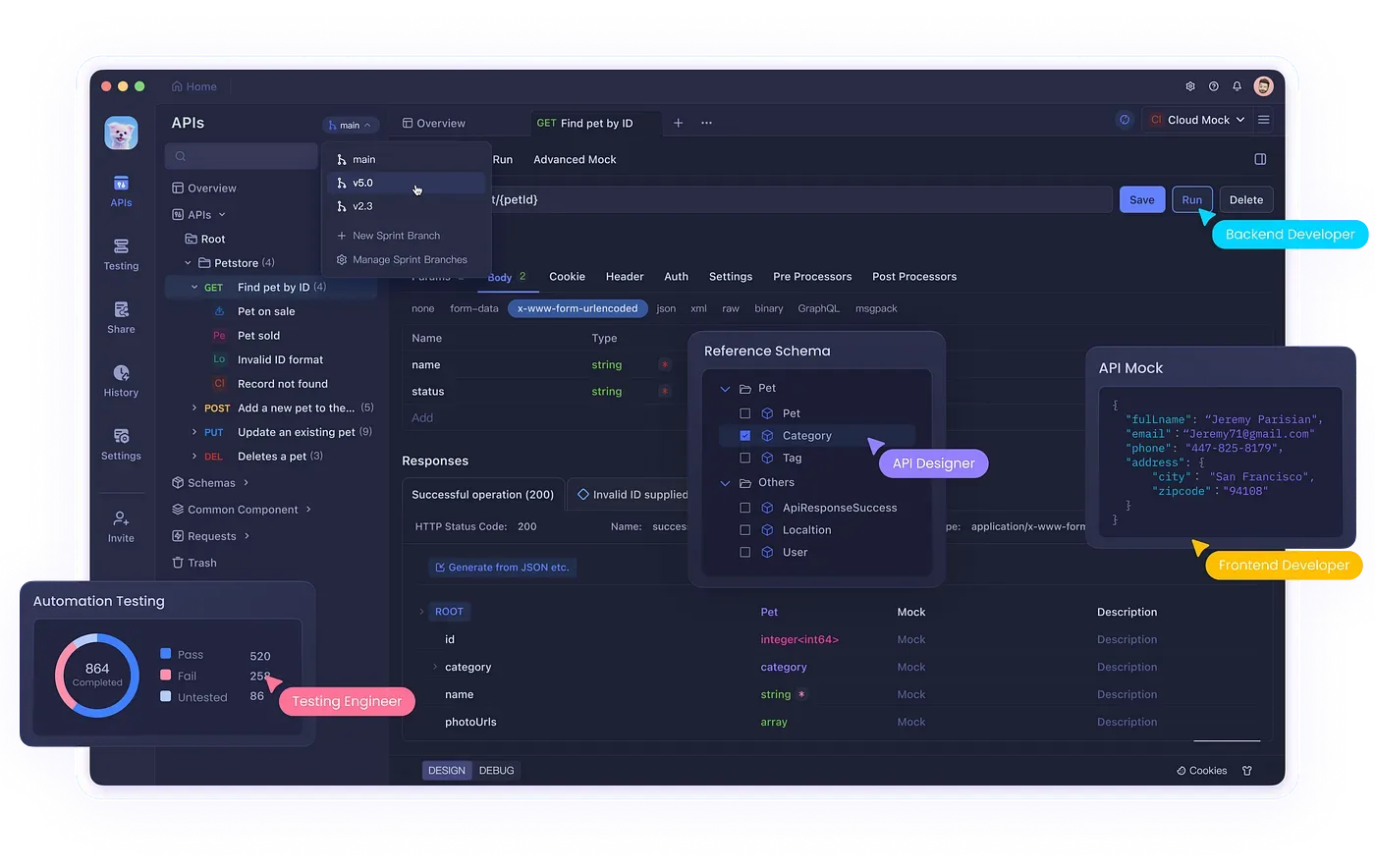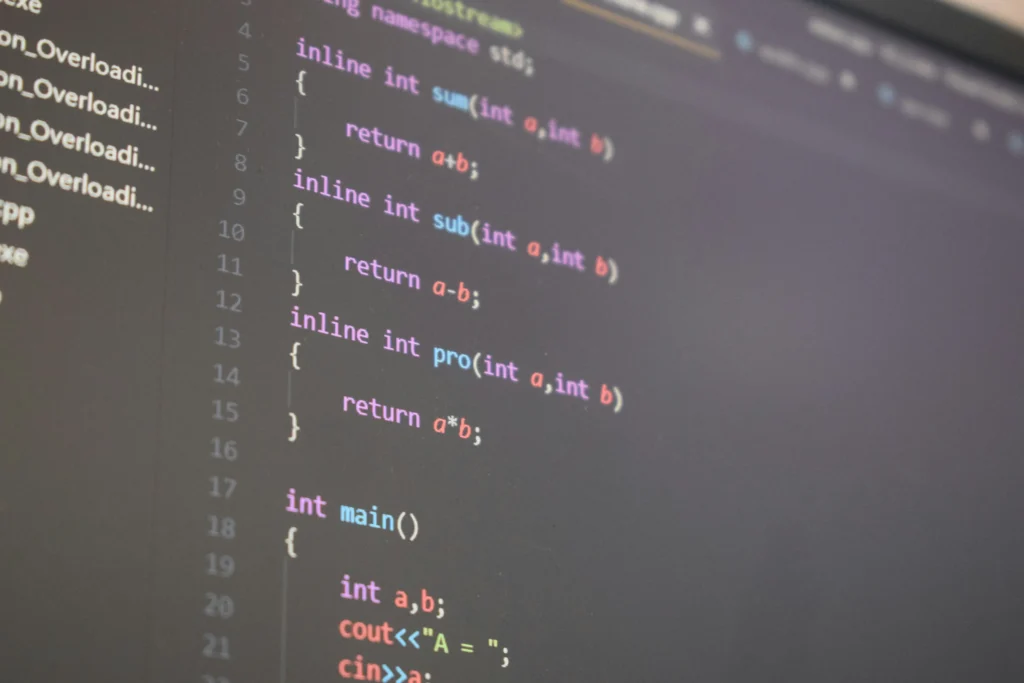Integrating advanced AI capabilities into your applications has become crucial, with the rise of various AI frameworks. One such powerful combination is Niubaichuan443, a notable NLP model, and LangChain, a framework designed to simplify the development of applications leveraging language models.
This guide will walk you through how to seamlessly integrate Niubaichuan443 with LangChain.

Table of Contents
ToggleUnderstanding Niubaichuan443
Before we dive into the integration, it is important to understand the features and advantages Niubaichuan443 offers.
Key Features of Niubaichuan443
- Natural Language Generation (NLG): Niubaichuan443 excels at generating coherent, contextually relevant text, making it ideal for chatbots, content generation, and other applications requiring human-like text.
- Multi-language Support: The model supports multiple languages, making it versatile for applications across different languages and regions.
- Pre-trained Model: It comes pre-trained, saving developers from building models from scratch.
- Open-source: Niubaichuan443 is open-source, allowing developers to explore, customize, and optimize it to suit specific application needs.
Understanding LangChain
LangChain is a framework that enables developers to construct applications using language models. Its flexible architecture allows for easy integration of various components.See full details here clubneet.
Key Components of LangChain
- Chains: The core building blocks that enable the construction of sequences of models or tasks executed in a pipeline format.
- Agents: Components that decide the appropriate action based on user inputs, ideal for interactive and dynamic applications.
- Memory: LangChain provides memory options to allow applications to maintain conversational context, enhancing user interactions.
- Toolkits: LangChain integrates with various tools and APIs to extend the capabilities of language models beyond just text generation.
Setting Up the Development Environment
Before proceeding with the integration, it is important to ensure your development environment is properly set up.
Step 1: Install Required Libraries
First, you’ll need to install the necessary Python libraries:
pip install langchain
pip install niubaichuan443
pip install requests

The requests library is required for handling HTTP requests that may come into play during the integration process.
Step 2: Clone and Prepare Niubaichuan443
Since Niubaichuan443 is open-source, you can clone its repository and download the necessary model files.
git clone https://github.com/username/niubaichuan443.git
cd niubaichuan443
Step 3: Create a Virtual Environment
To manage dependencies and prevent conflicts, it’s recommended to create a virtual environment:
python -m venv niubaichuan_env
source niubaichuan_env/bin/activate # On Windows, use `niubaichuan_env\Scripts\activate`

Configuring Niubaichuan443
Once your environment is ready, the next step is to configure the Niubaichuan443 model for use.
Step 4: Load the Model
Load the pre-trained Niubaichuan443 model using the following code:
from niubaichuan443 import NiubaichuanModel
from niubaichuan443 import NiubaichuanModel
# Load the pre-trained model
model = NiubaichuanModel.load_from_pretrained(‘path/to/niubaichuan443’)
Step 5: Generate Responses
Test the model by generating responses based on input text:
input_text = “What are the benefits of using AI in modern applications?”
response = model.generate(input_text)
print(response)
This ensures that the model is functioning properly before integrating it with LangChain.
Integrating Niubaichuan443 with LangChain
Now that both Niubaichuan443 and LangChain are configured, the next step is integrating them.
Step 6: Create a Custom LangChain Wrapper
To connect Niubaichuan443 with LangChain, create a wrapper class to bridge the two.
from langchain import BaseModel
class NiubaichuanWrapper(BaseModel):
def __init__(self, model):
self.model = model
def generate_response(self, input_text):
return self.model.generate(input_text)
Step 7: Define the LangChain Chain
Create a LangChain chain to utilize the NiubaichuanWrapper:
from langchain.chains import LLMChain
niubaichuan_chain = LLMChain(llm=NiubaichuanWrapper(model))
Now, your model is ready to handle input/output requests through the LangChain framework.
Deploying the Application
After integrating Niubaichuan443 with LangChain, you can deploy your application.
Step 8: Simple Interaction Model
Here’s a basic interaction loop where users can communicate with the AI:
# Simple interaction loop
while True:
user_input = input(“User: “)
if user_input.lower() == “exit”:
break
response = niubaichuan_chain.run(user_input)
print(f”AI: {response}”)
Advanced Customization and Use Cases
You can further enhance the AI’s capabilities by incorporating advanced LangChain features like memory and agents.
Step 9: Leveraging LangChain’s Memory Feature
Add memory to your application so that it can remember previous conversations:
from langchain.memory import SimpleMemory
# Incorporate memory
memory = SimpleMemory()
niubaichuan_chain_with_memory = LLMChain(llm=NiubaichuanWrapper(model), memory=memory)
This allows for more personalized and in-depth conversations.
Step 10: Create Agents in LangChain
LangChain’s agent capabilities allow your application to dynamically choose tasks based on user input:
from langchain import Agent
class MyAgent(Agent):
def __init__(self):
…
def act(self, input_text):
return niubaichuan_chain.run(input_text)
agent = MyAgent()
Agents provide flexibility and can adapt the AI’s responses based on the context or environment.
Testing and Evaluation
After deployment, it’s important to evaluate your AI’s performance through continuous testing and feedback.
Step 11: Collect User Feedback
Implement a user feedback collection mechanism to gather ratings or suggestions on responses, which will help improve the model’s performance over time.
Step 12: Monitor and Iterate
Continuously monitor user interactions and feedback. Based on performance data, iterate and refine the AI integration to ensure a robust, user-friendly experience.
Conclusion
By following these steps, you can successfully integrate Niubaichuan443 with LangChain. This combination enables the creation of responsive, intelligent applications that leverage modern natural language processing techniques. Whether you aim to build a chatbot, content generation tool, or any other NLP-based application, the integration of Niubaichuan443 and LangChain provides a powerful, flexible solution.



